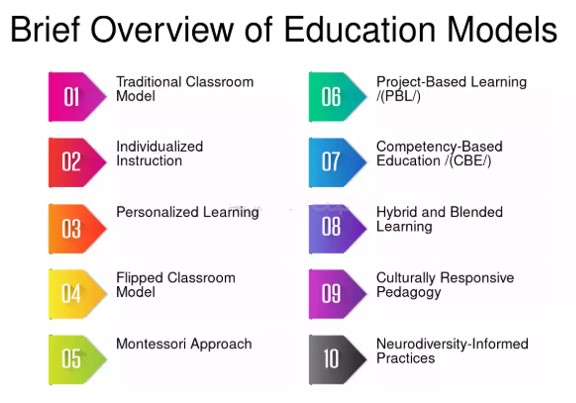7667766266
enquiry@shankarias.in
Mains: GS2 – Social justice | Government policies and interventions for development in various sectors and issues arising out of their design and implementation.
In the Periodic Labor Force Survey (PLFS) 2022-23, Kerala reports a 42.3% graduate unemployment rate, which challenges the education-employment link, highlighting the need for vocational training and policy reforms.

Literate – A person aged 7 years and above who can both read and write with understanding in any language has been taken as literate. A person who can merely read but cannot write is not classified as literate. Any formal education or minimum educational standard is not necessary to be considered literate.